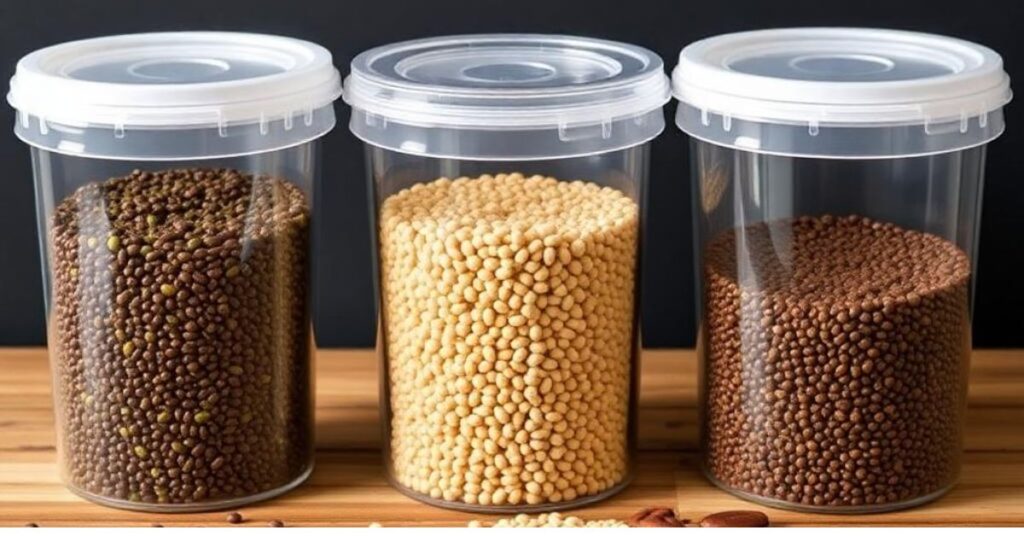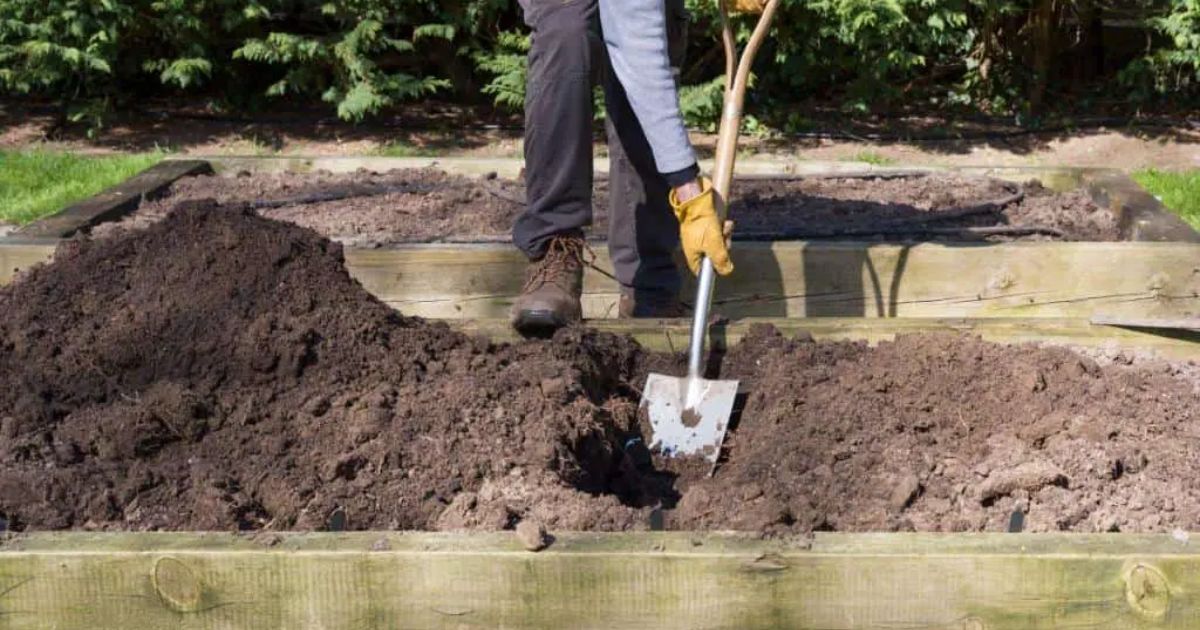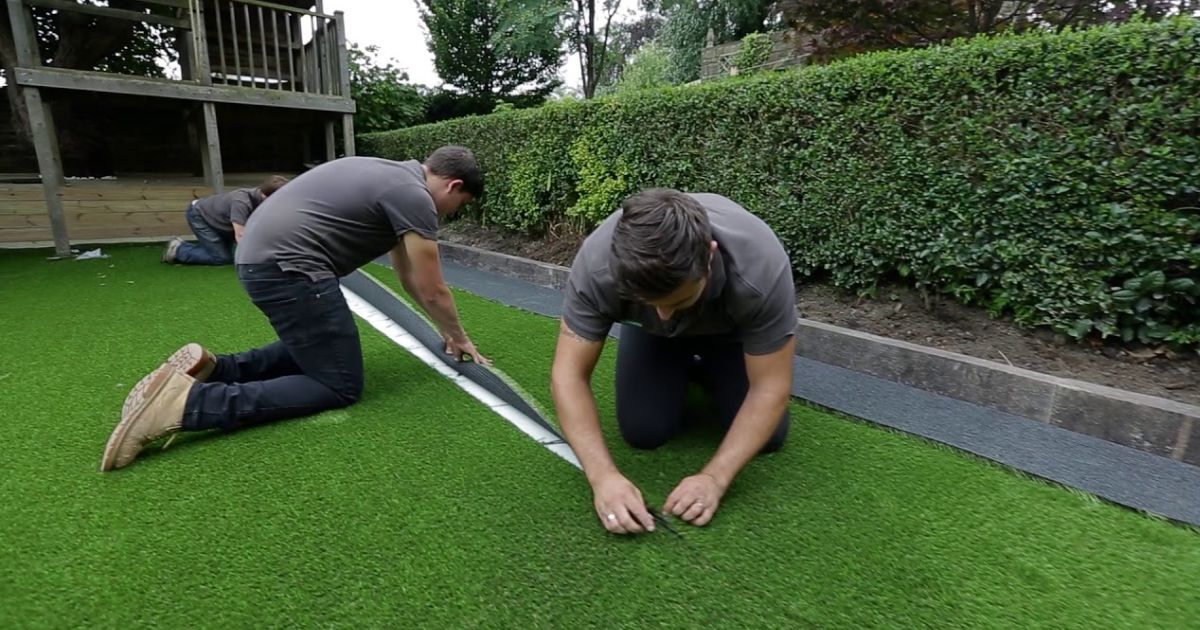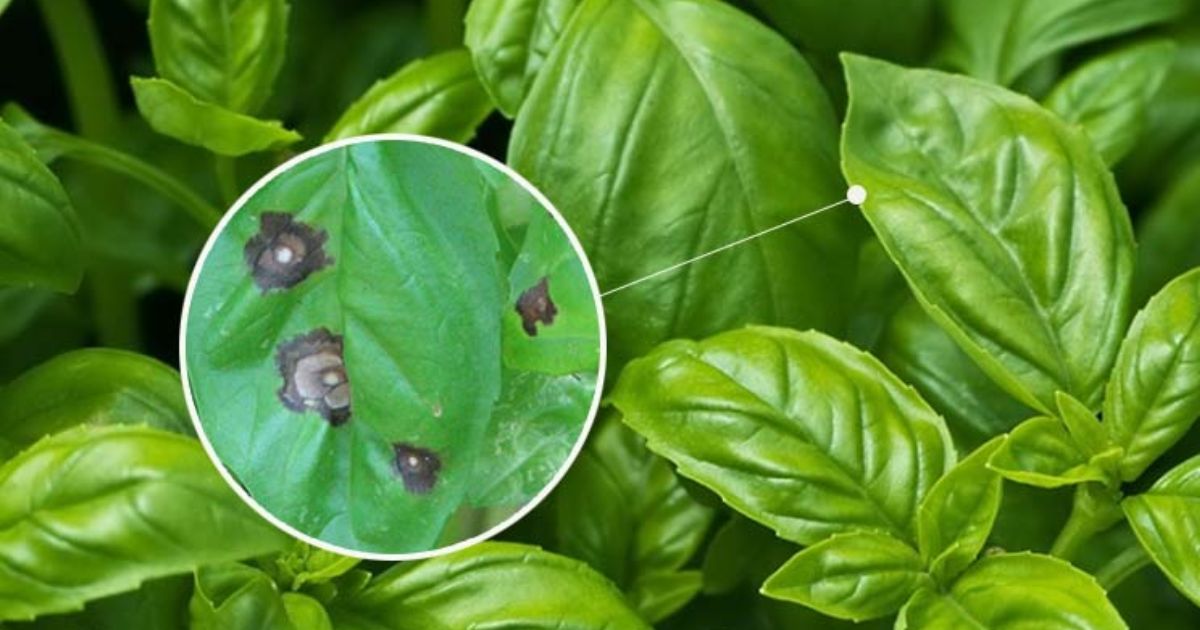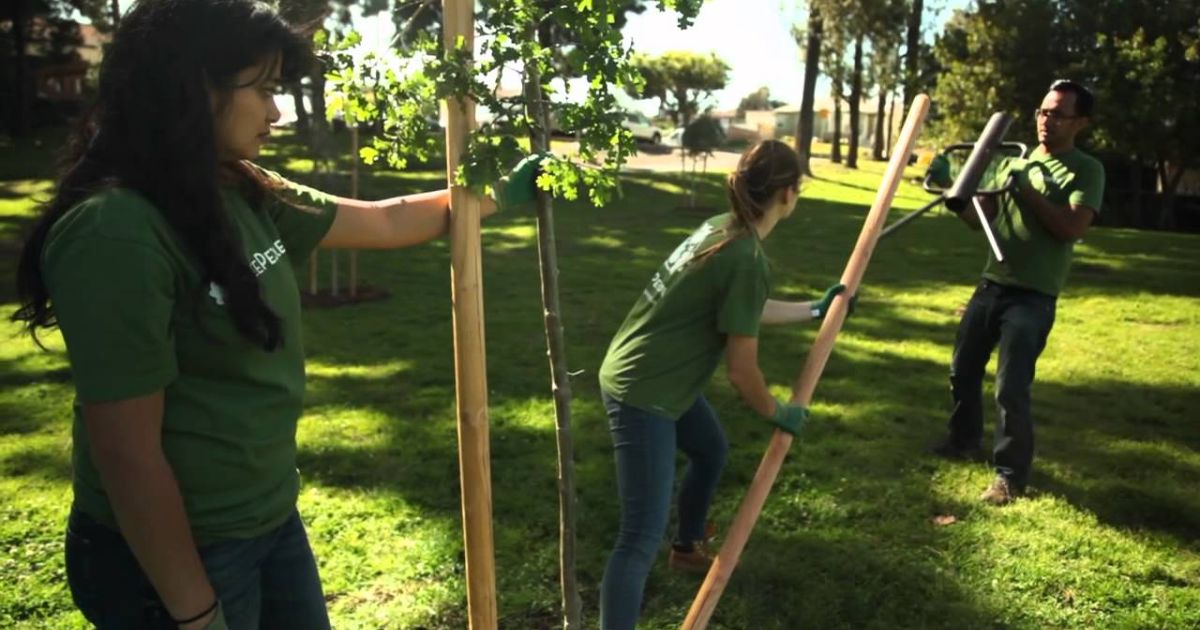Seeds must be stored properly to maintain their viability and quality. Seeds for future planting. Whether you’re a gardening enthusiast or a farmer, choosing the appropriate containers can make all the difference in maintaining your seeds’ longevity. Seeds are sensitive to environmental factors like moisture, temperature, and light. They may lose their germination ability if not stored correctly, rendering them useless.The best seed storage containers protect seeds from these harmful elements while keeping them well-organized. Airtight and moisture-proof containers are crucial, as exposure to humidity can lead to mould growth or premature sprouting. Lightproof materials are also ideal, as direct sunlight can degrade seeds over time. Temperature-stable environments are also essential, so your containers should be sturdy enough to withstand fluctuations.
Standard options for seed storage include glass jars with airtight lids, vacuum-sealed bags, and specialized seed storage boxes. For longer-term storage, consider adding silica gel packets to absorb excess moisture. Whether saving heirloom seeds or surplus stock, investing in high-quality containers is a simple yet effective way to ensure your seeds remain viable for years. Preparation goes a long way toward a thriving garden or crop yield.
Why Seed Storage Matters
Seed storage is crucial in gardening, farming, and preserving plant biodiversity. Adequately stored seeds remain viable for future planting, ensuring a continuous supply of healthy crops or flowers. Without proper storage, seeds can lose their ability to germinate due to exposure to unfavourable conditions such as moisture, growing asparagus in raised beds heat, and light.For home gardeners, saving seeds from a successful harvest allows for replanting without purchasing new seeds, saving money and preserving specific plant varieties. Farmers also benefit by maintaining a stock of seeds tailored to their soil and climate conditions.
On a broader scale, seed storage is essential for preserving biodiversity and protecting heirloom or endangered plant varieties. Seed banks worldwide store seeds as a safeguard against natural disasters, climate change, and food insecurity.Individuals and organizations can use proper seed storage techniques and containers to ensure seeds remain viable for years, contributing to sustainable agriculture and food security. Seed storage is more than a practical measure—it’s an investment in the future of our food systems and ecosystems.
Why Do I Need a Garden Seed Organizer?
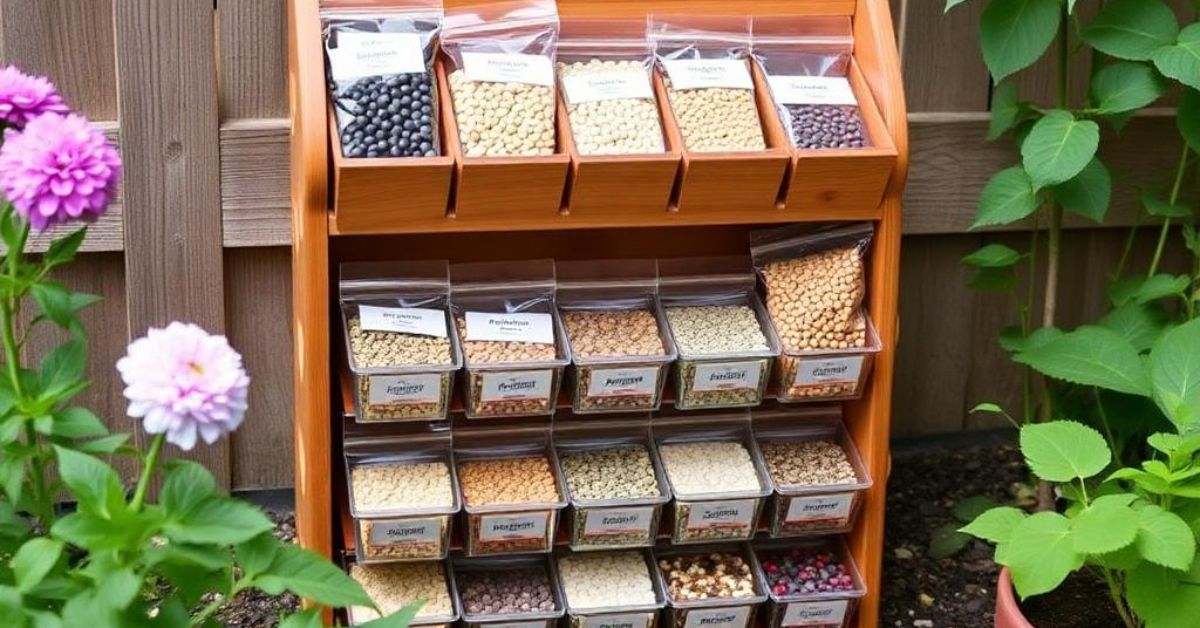
A garden seed organizer is invaluable for everyone who enjoys gardening, regardless of experience level. Organizing your seeds ensures you can quickly locate and manage them, making your gardening efforts more efficient and enjoyable.With a seed organizer, you can categorize seeds by type, planting season, or expiration date, reducing the chance of planting at the wrong time or losing track of your collection. This is especially important if you save seeds from previous harvests or invest in heirloom varieties that you want to preserve.
A well-designed seedling storage organizer also protects seeds from damaging factors like moisture, light, and pests, ensuring they remain viable for future planting. Many organizers are compact and portable, allowing you to store and transport seeds conveniently.Using a garden seed organizer will save time, reduce waste, and allow you to enjoy the peace of mind of a well-maintained seed collection. It’s a small investment that can significantly enhance your gardening experience and help you achieve better results year after year.
How to Store Seeds?
Proper seed storage is essential to ensure that seeds are still viable and prepared for sowing when the time comes. Whether preserving seeds from your harvest or storing store-bought packets, Top Tips for Winter Vegetable Storage following the proper steps will extend their shelf life and maintain their germination potential.
Dry the Seeds: Ensure seeds are dehydrated before storage. Moisture can cause mould growth or sprout, rendering the seeds unusable. Spread them out in a well-ventilated area until thoroughly dried.
Choose Airtight Containers: Use airtight containers, such as vacuum-sealed bags, glass jars, or plastic containers with tight closures. These shield against moisture and air exposure.Control Temperature: Keep seeds in a steady, quiet place. The recommended temperature range for storing is between 32°F and 50°F (0°C and 10°C). It works best in a chilly, dark area or a refrigerator. Don’t put them in direct sunlight or next to heat sources.does pumpkin seeds expire
To protect from Humidity, Add silica gel packets or a small amount of powdered milk wrapped in tissue to absorb excess moisture inside the container.
Label and Organize: Clearly label containers with the seed type and collection date. Keep them organized so you can easily find what you need.
By following these steps, your seeds will stay healthy and viable for future planting, ensuring a productive garden year after year.
Storing Seeds in the Refrigerator
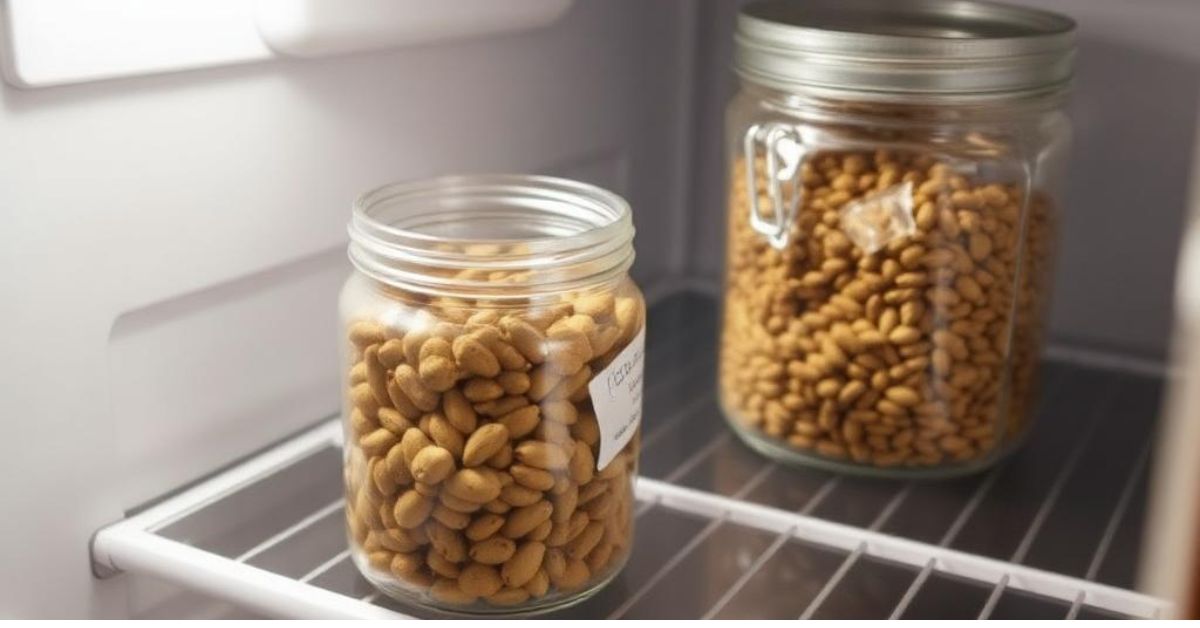
Storing seeds in the refrigerator is an effective method for maintaining their viability over an extended period. Superb, stable temperatures slow down the ageing process of seeds, helping preserve their germina ion potential. Most seeds thrive in storage conditions of 32°F to 50°F (0°C to 10°C), which makes the refrigerator an ideal choice for long-term storage.To store seeds properly in the refrigerator, ensure they are scorched. Excess moisture can lead to mould growth or sprouting.It is recommended that the seeds be kept in sealed containers. such as vacuum-sealed bags, moisture-proof plastic containers, or glass jars with rubber-sealed lids. Packages of silica gel can be added to the container to assist absorb any remaining moisture and dry the area.
Indicate the type of seed and the date of storage on each container. Growing Jerusalem Artichokes: From Planting to Harvesting track its age. Keep the containers in a dedicated space within the refrigerator to avoid frequent temperature fluctuations caused by opening and closing the door.Refrigerator storage works exceptionally well for heirlooms or rare seeds, preserving their genetic integrity for future planting. By following these steps, you can extend the shelf life of your seeds and ensure a productive garden when planting season arrives.
Key Features of Effective Seed Storage Containers
Choosing the correct seed storage container is vital to maintaining the viability and longevity of your seeds. Practical seed storage containers safeguard seeds from environmental factors that can harm their germination ability, such as moisture, light, and fluctuating temperatures.
- Airtight Seal: An airtight seal prevents moisture from entering the container. Exposure to humidity can cause seeds to mould, rot, or sprout prematurely. Glass jars with rubber-sealed lids or vacuum-sealed bags are excellent choices.
- Durability: Containers should be sturdy enough to protect seeds from physical damage and withstand repeated handling. Hard plastic, metal tins, or thick glass are durable options.
- Moisture Resistance: Protecting seeds from damp conditions is essential. Some containers have built-in desiccant compartments or can accommodate silica gel packets to absorb excess moisture.
- Lightproof Design: Exposure to light can degrade eds over time. Opt for opaque containers or store transparent ones in a dark location.
- Organizational Features: Dividers or compartments help separate different seed varieties, how to tell if an avocado is ripe making accessing specific seeds easier when needed.
- Compact and Stackable: A space-efficient design is helpful for those storing multiple seed varieties in limited areas.
Investing in high-quality seed storage containers ensures your seeds remain viable for planting, giving you a thriving garden season after season.
Storing Seeds for Long-Term Storage
Proper storing seeds for long term is essential for gardeners and farmers looking to preserve seeds for future planting. Following the appropriate methods can maintain seed viability for years and safeguard your favourite plant varieties.
- Start with High-Quality Seeds: Only store mature, healthy seeds. Remove any damaged or immature seeds to maximize storage success.
- Dry Thoroughly: Seeds must be dehydrated before storage to prevent mould or decay. For optimal effects, let them air-dry in a cool, well-ventilated area. To make sure they are sufficiently dry for storing, use a moisture meter.
- Use Airtight Containers: Opt for containers with a secure, airtight seal, such as glass jars with rubber gaskets, vacuum-sealed bags, or metal tins. Airtight storage prevents moisture and air from degrading the seeds.
- Control Temperature: seed storage box in a calm environment with stable temperatures. Ideally, keep them in a refrigerator or freezer, as colder temperatures slow the ageing process. Ensure seeds are in airtight containers to prevent condensation during temperature changes.
- Add Moisture Absorbers: Include silica gel packets or similar desiccants in the container to absorb excess moisture and maintain low humidity.
- Label and Date: Label each container with the seed type and storage date to track their age and viability.
With these steps, you can preserve your seeds for long-term use, ensuring they remain viable for future planting seasons.
Seed Storage Container
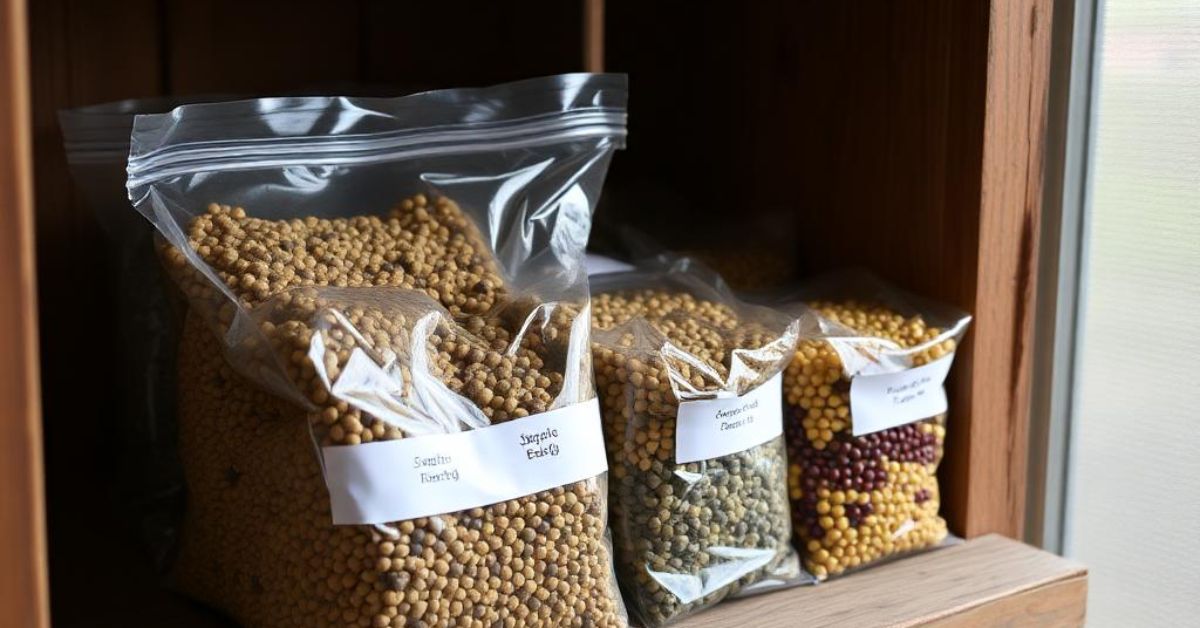
A seed containers storage is essential for gardeners and farmers who want to preserve seeds effectively for future planting seasons. These containers are designed to provide an optimal environment for seeds, protecting them from damaging factors like moisture, light, temperature fluctuations, and pests. An airtight seal is the most crucial feature, as it prevents air and moisture from entering, which could lead to mould growth or premature sprouting. The No-Brainer Guide to Starting Seeds Indoors Glass jars with rubber-sealed lids, vacuum-sealed bags, and durable plastic or metal tins are popular choices for long-term storage.Practical seed storage containers are often lightproof, because seeds can gradually deteriorate when exposed to light. The seeds’ shelf life is increased and a dry environment is maintained by placing moisture absorbers, like silica gel packets, inside the container. Different seed kinds are kept apart and easily accessible in containers with dividers or divisions.
Keep these containers somewhere dry, dark, and cool.basement, refrigerator, or dedicated storage room, for best results. By using high-quality seed storage containers, gardeners and farmers can ensure their seeds remain viable and ready to germinate when needed, making these seed storing a vital tool for sustainable gardening and food security.
Conclusion
Proper storage for seeds are essential for gardeners, farmers, and anyone invested in preserving plant biodiversity. By using effective storage methods and high-quality containers, you can significantly extend the viability of your seeds, ensuring they remain ready for planting when needed. Moisture, temperature, and light are critical in seed preservation, making airtight, durable, and lightproof storage solutions indispensable.
Investing time and care into the process is worthwhile whether you’re storing seeds for a single season or the long term. Organized storage systems protect seeds, save time, and reduce waste, allowing you to easily maintain a thriving garden or farm. Proper storage safeguards rare or heirloom varieties for future generations.In conclusion, seed storage is more than a practical necessity—it’s a commitment to sustainability and food security. With the right approach, seeds can flourish into healthy plants, supporting a productive and resilient gardening journey year after year.
FAQ
How do I store seeds properly?
Use airtight, moisture-proof containers in a cool, dark place. Add silica gel to absorb moisture.
How long can seeds last?
Seeds can last 1 to 5 years, depending on the type and storage conditions.
Should I store seeds in the fridge?
The refrigerator can help maintain seed viability for long-term storage, especially in cool, dry conditions.
How can I organize my seeds?
Use labelled containers or organizers with dividers to separate seed types for easy access.
Do I need to dry the seeds before storage?
Ensure seeds are thoroughly dried to prevent mould and premature sprouting during storage.

